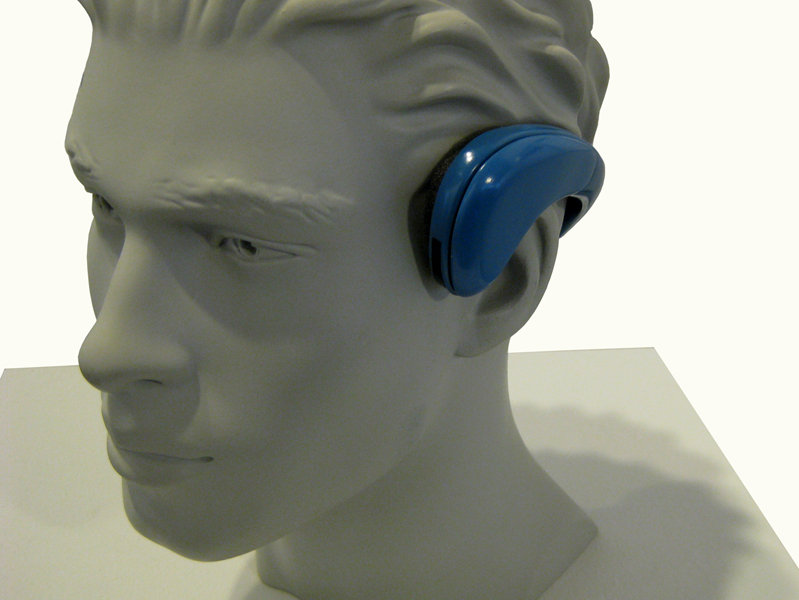Megan Dickison has had epilepsy since she was an infant. As a child, she suffered from partial complex seizures, which came with jerking movement and odd noises that had her classmates confused.
Now, as a 23-year-old, she experiences absence seizures, which cause her to just stare off into space. Most people, she says, don't even realize she's seizing. And, if she weren't controlling them with medication, they'd occur daily, as they did when she was younger.
Dickison doesn't have drop seizures, also known as atonic seizures, which require people to wear full helmets at school, at the workplace and in public to protect their heads from trauma caused by sudden, uncontrollable loss of muscle control.
But the first time she saw an epilepsy helmet she was completely taken back by the thought of someone like her, who also happened to have drop seizures, being forced to wear it in public. They were large, intrusive, and loudly called unnecessary attention to a person's medical condition.
"I couldn't imagine having to go to work or school and having to explain to everyone why you were wearing a helmet. It's always going to cause people to judge you a bit differently."
The self-consciousness, she says, often causes individuals not to wear them, which can greatly impair their safety.
"It's risking your life," she explains. "You can be waking around and suddenly just drop to the ground. Your muscles go limp and you collapse. It's a long ways to fall. People can get brain injuries that can ruin their whole life."
As an industrial design student at Milwaukee Institute of Art & Design, Dickison spent her senior year designing the Protec, a protective device that wraps around the back of the head and over the ears, similar to certain styles of headphones. They are modern-looking and sleekly designed to resemble what Dickinson calls "socially acceptable" head gear, such as the Bluetooth, headsets or headphones.
She intensely researched the existing product, including interviewing current manufacturers of epilepsy helmets, studied technology in other helmets -- hockey, football and cycling -- and interviewed Dr. Manoj Raghavan, a neurologist at the Medical College of Wisconsin before sketching her concept for Protec.
She describes how it works in her design submission to the James Dyson Award Competition:
"The device works using an accelerometer, air bags, and proximity sensors. The accelerometer measures sudden changes in rate of speed in which the individual is moving. This detects when the individual is falling. The proximity sensors located on the device can measure how close the device is to hitting an object. This causes the air bags to deploy the instant before the individual hits an object. The proximity sensors will only work when the accelerometer has recognized threatening levels of increased acceleration. Air bags deploy from the three panels one on each side of the head and one in the back, inflating to cover the entire head."
The James Dyson Award is an international design award that celebrates, encourages and inspires the next generation of design engineers. Each submission was to solve some sort of problem. If Dickison wins (announced Sept. 7), she'll receive $16,000 to put toward creating a prototype -- something she estimates will cost around $50,000.
Her employer, the West Bend-based Creative Design Network, has offered to help develop the Protec prototype if she secures the prize. In the meantime, Dickison also busy seeking grants to help push her passion and her product into the next phase.
"The technology exists, it's just a matter of putting it all together."
OnMilwaukee.com staff writer Julie Lawrence grew up in Wauwatosa and has lived her whole life in the Milwaukee area.
As any “word nerd” can attest, you never know when inspiration will strike, so from a very early age Julie has rarely been seen sans pen and little notebook. At the University of Wisconsin-Milwaukee it seemed only natural that she major in journalism. When OnMilwaukee.com offered her an avenue to combine her writing and the city she knows and loves in late 2004, she knew it was meant to be. Around the office, she answers to a plethora of nicknames, including “Lar,” (short for “Larry,” which is short for “Lawrence”) as well as the mysteriously-sourced “Bill Murray.”



